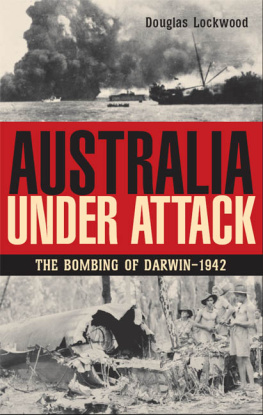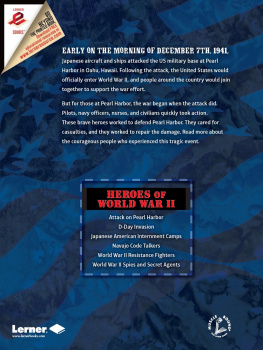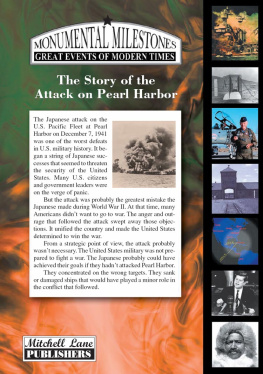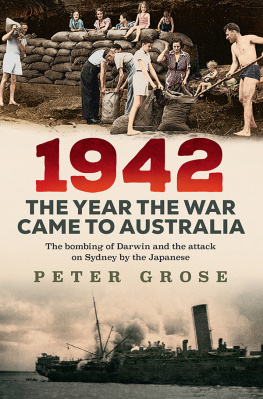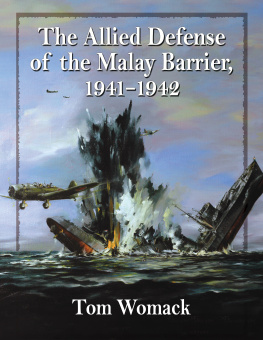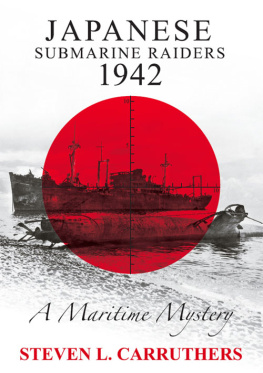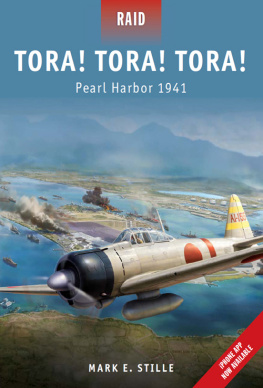
First published in Great Britain in 2017 by Osprey Publishing,
PO Box 883, Oxford, OX1 9PL, UK
1385 Broadway, 5th Floor, New York, NY 10018, USA
E-mail:
This electronic edition published in 2017 by Bloomsbury Publishing Plc
Osprey Publishing, part of Bloomsbury Publishing Plc
OSPREY is a trademark of Osprey Publishing, a division of Bloomsbury Publishing Plc.
2017 Osprey Publishing Ltd.
All rights reserved
You may not copy, distribute, transmit, reproduce or otherwise make available this publication (or any part of it) in any form, or by any means (including without limitation electronic, digital, optical, mechanical, photocopying, printing, recording or otherwise), without the prior written permission of the publisher. Any person who does any unauthorised act in relation to this publication may be liable to criminal prosecution and civil claims for damages.
A CIP catalogue record for this book is available from the British Library.
ISBN: 978-1-4728-1687-0 (PB)
ISBN: 978-1-4728-1689-4 (eBook)
ISBN: 978-1-4728-1688-7 (ePDF)
Battlescene artwork by Jim Laurier
Maps by Bounford.com
3D BEVs by The Black Spot
Osprey Publishing supports the Woodland Trust, the UKs leading woodland conservation charity. Between 2014 and 2018 our donations are being spent on their Centenary Woods project in the UK.
www.ospreypublishing.com
To find out more about our authors and books visit www.ospreypublishing.com. Here you will find our full range of publications, as well as exclusive online content, details of forthcoming events and the option to sign up for our newsletters. You can also sign up for Osprey membership, which entitles you to a discount on purchases made through the Osprey site and access to our extensive online image archive.
CONTENTS

ORIGINS AND BACKGROUND
A THREAT EVOLVES
From as early as 1917 the resource-rich Netherlands East Indies (NEI now Indonesia) was in the sights of the Japanese as they looked towards their nations future. Yasaburo Takekoshi, Japanese historian, politician and advocate of Japanese expansion, wrote of the need for Japan to continue the exploitation of Chinas resources, but also to devote its power to acquiring the NEI and extending its colonies southward. Printed in the New York Times of April 22, 1917, Takekoshis article should have sounded a warning to the Western nations. However Japan was an ally during World War I and the suggestion was seemingly waved aside. Takekoshi also broached the subject of the food staple, rice: It is therefore necessary for Japan to look to such places as Java and Sumatra as sources of rice supply she has to look to the islands of the South Pacific for supplies of rubber. Oil was not mentioned but it was no doubt implicit.

On August 20, 1908, the US Navys Great White Fleet arrived in Sydney during its circumnavigation of the globe, in part to demonstrate American naval power following Japans 1905 defeat of the Russian fleet. A range of souvenir programs, postcards and memorabilia marked the enthusiastic welcome of the fleet to Australia.
Japan had long been in the minds of Australians as the nation they most feared. The American entry to the Philippines in 1892 was seen as the beginnings of a possible BritishAmerican alliance against the Japanese. However, it failed to materialize and the defeat of the Russian fleet by the Japanese in 1905, coinciding with the withdrawal of the Royal Navy from the Pacific, raised alarm in Australia. We have been living in a fools paradise, Alan McLean, a former deputy prime minister, warned, We now find one of the great naval and military powers within a very short distance of our shores.
The Minister for Defence, George Pearce, went further, warning: Japan has shown that she is an aggressive nation that she is desirous of pushing out all round Is there any other nation that offers such a temptation to Japan as Australia does? The University of Sydney Chancellor and President of the National Defence League, Sir Normand MacLaurin, echoed the anti-Japanese sentiment, stating, Japan is the possible, if not probable, enemy of the future.
A visit to Australia by President Theodore Roosevelts Great White Fleet in September 1908 saw pro-American and anti-Japanese sentiments continue when the premier of New South Wales, G.C. Wade, stated that Australia looked to America as her natural ally in the coming struggle against Japanese domination, no doubt in the shadow of the Japanese destruction of the Russian fleet three years earlier.
In the event, Japan was an ally during World War I. Indeed the heavy cruiser Ibuki was involved in the chase of the German cruiser Emden, though it was assigned to protect the Australian cruiser Sydneys flank as Emden was sunk off the Western Australian coast. As part of its spoils of war, Japan gained control over German mandates in the Pacific despite Australias objections to its deeply rooted mistrust of Japan, and [our] emphatic protest on behalf of the Commonwealth against Japans right or even claim to the Marshalls, Carolines, and Ladrones [Marianas], wrote Prime Minister Billy Hughes. The British Prime Minister, Lloyd George, reminded Hughes of the pledge made to Japan that its claims would be supported and with the stroke of a pen a huge swathe of the Pacific basin extended Japans reach towards Australia and the NEI. Despite this, however, the territorial gains failed to increase the raw materials, including oil, tin and rubber, or the food to support the growth of Japanese industries and population.

Darwin welcomed a number of visiting Japanese naval training ships during the 1930s, including these officers from Kaiwo Maru, who visited Darwin from June 2325, 1936. Captain Myamoto and his officers were afforded an official welcome and dinner during their visit. (Charles Micet Collection NT Library)
In 1936 the Australian Chief of General Staff, Maj. Gen. John Lavarack, inspected Darwins defences and those of its hinterland. Among his conclusions were that, despite a number of natural barriers, mostly mangroves, no obstacles exist anywhere that would make an approach to Port Darwin by an enemy land force impossible. He also warned of the potential of the Japanese pearling fleet to cause problems in defence: each carries a crew of from 10 to 12 Japanese [and] some of them carry qualified navigators it is certain that a considerable portion, if not most, of the Japanese have had either Naval or Military training. The crews could, of course, be increased and military stores provided without our knowledge. The Japanese pearling fleets had posed problems across the north coast for some time and, despite the best efforts of the authorities, including those of Capt. C.T.G. Haultain and the patrol vessel Larrakia in fishery and security patrols, the illegal activities of Japanese vessels continued. Three vessels were caught inside territorial waters off an Aboriginal reserve in 1937 and after shots were fired they were arrested and taken to Darwin. Following a controversial and protracted court case the Japanese won and in part it was hailed as the opening salvo of the Pacific War.


